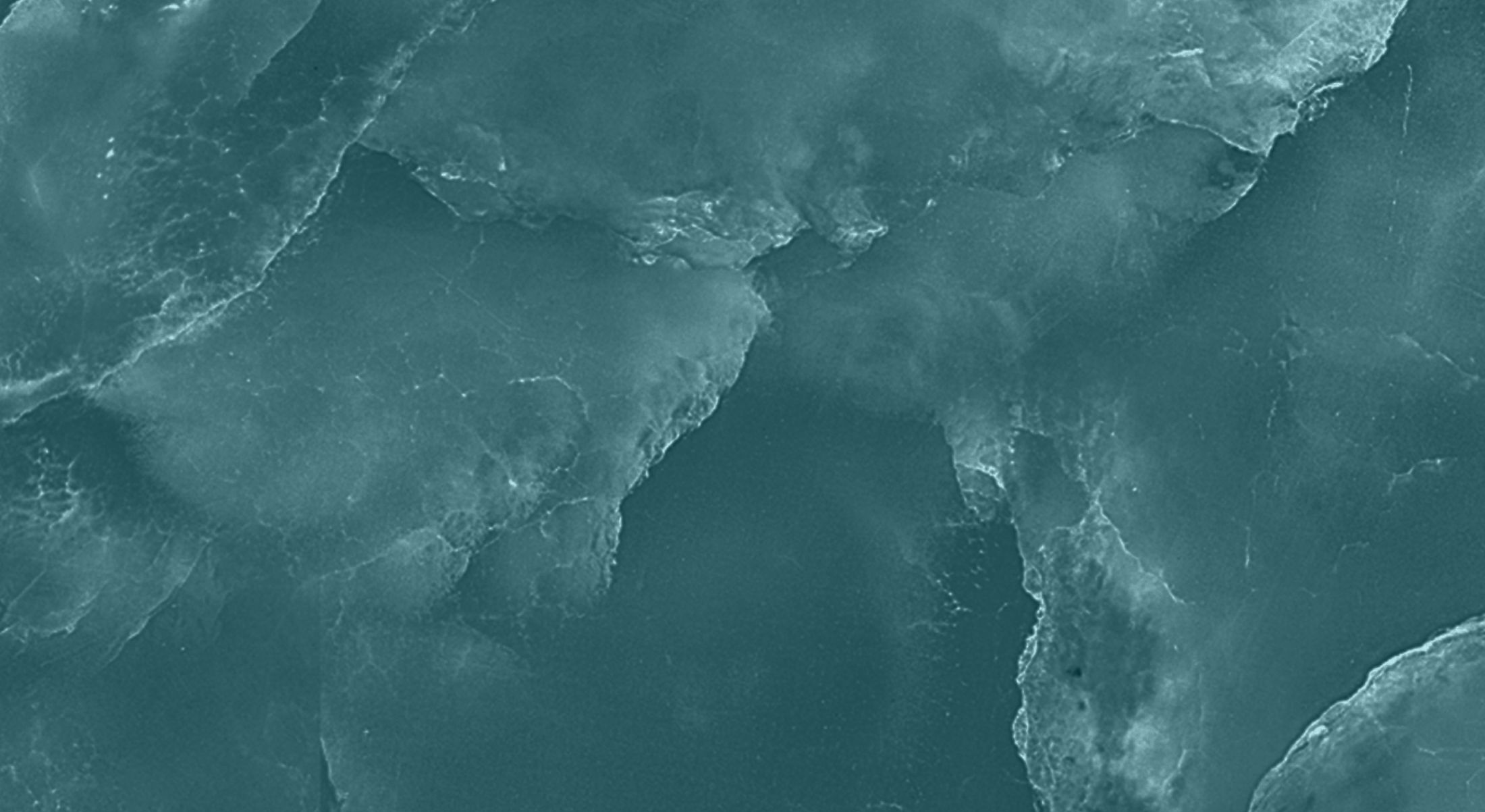

Could Histamine Be Hijacking Your Health

If you’ve been battling chronic fatigue, brain fog, skin issues, headaches, gut symptoms, or unexplained allergic reactions—and standard tests keep coming back "normal"—you might be dealing with histamine intolerance or mast cell activation.
These conditions are often overlooked but can silently wreak havoc on your energy, mood, digestion, and immune system.
Let’s explore what this means—and how you can feel better by stabilizing your mast cells and being mindful of histamine in your diet.
What Are Mast Cells?
Mast cells are part of your immune system. They live in tissues throughout your body—especially your skin, gut, lungs, and brain—and they play a key role in allergic reactions, inflammation, and immune defense.
When triggered, mast cells release histamine along with other inflammatory chemicals. That’s helpful in small amounts when you’re fighting off a threat. But when mast cells become overactive, they can cause symptoms all over the body—often without a clear allergic trigger.
Symptoms of Mast Cell Activation or Histamine Intolerance
- Fatigue and brain fog
- Headaches or migraines
- Skin flushing, itching, or hives
- Nasal congestion or asthma-like symptoms
- Anxiety or irritability
- Bloating, reflux, or loose stools
- Sensitivity to foods, smells, temperature changes, or chemicals
If that sounds familiar, you’re not imagining it—and you’re not alone.
High-Histamine Foods: What to Watch For
Histamine naturally occurs in certain foods, especially when they’re aged, fermented, or not super fresh. Some foods also trigger histamine release or block your body’s ability to break it down.
Common High-Histamine Foods:
- Aged cheeses (cheddar, parmesan, blue)
- Cured or smoked meats (salami, bacon, prosciutto)
- Fermented foods (sauerkraut, kimchi, soy sauce, vinegar)
- Canned or smoked fish (tuna, sardines, anchovies)
- Shellfish (shrimp, crab, mussels)
- Alcohol (especially red wine and champagne)
- Tomatoes, spinach, eggplant, avocado, citrus fruits
- Leftovers that weren’t frozen right away
Histamine “Liberators”:
These foods may not contain histamine, but they trigger your body to release it:
- Strawberries
- Egg whites
- Chocolate
- Alcohol
- Shellfish
DAO Blockers:
The enzyme DAO (diamine oxidase) helps break down histamine in your gut. Some substances interfere with this process:
- Black tea, green tea
- Energy drinks
- NSAIDs, some antibiotics and antidepressants
How to Stabilize Your Mast Cells Naturally
Mast cell stabilization can help you reduce histamine release and calm down inflammation at its source. In functional medicine, we take a multi-layered approach using diet, lifestyle, and targeted supplements.
Top Natural Mast Cell Stabilizers:
- Quercetin: A powerful antioxidant found in apples and onions; helps block histamine release.
- Luteolin: Similar to quercetin, often used for brain inflammation and allergies.
- Vitamin C: Supports immune balance and naturally lowers histamine.
- Omega-3 fatty acids: From fish oil or flaxseed; help calm the immune system.
- Magnesium: Helps regulate mast cell activity and reduces stress.
- DAO enzyme supplements: Taken before meals to support histamine breakdown in the gut.
Conventional Options (when needed):
- Cromolyn sodium (especially for GI symptoms)
- Ketotifen (prescription antihistamine/mast cell stabilizer)
- H1 blockers (like Zyrtec or Claritin)
- H2 blockers (like Pepcid) for gut-related symptoms
- Montelukast (for respiratory and inflammation symptoms)
Tips for Daily Life
- Eat freshly prepared meals; freeze leftovers immediately
- Keep a symptom and food journal to identify triggers
- Minimize alcohol and high-histamine foods during flares
- Use a high-quality air filter and reduce exposure to chemical fragrances
- Prioritize sleep, stress reduction, and gut health
Root-Cause Focused Care
At Longevity Health Clinic, we help patients with histamine sensitivity and mast cell issues uncover what’s driving the inflammation—whether it’s mold exposure, gut dysbiosis, tick-borne illness, or chronic stress.
We blend advanced testing with personalized, root-cause treatment to help you restore balance and feel like yourself again.
You Don’t Have to Live in Reaction Mode
If you feel overwhelmed by mystery symptoms and food reactions, you’re not alone—and there are answers. Stabilizing your mast cells and reducing histamine load is a powerful way to lower inflammation and reclaim your energy.

